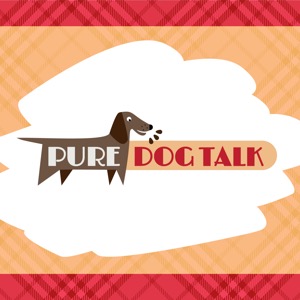702 – Diagnosing the Limping Puppy: Pano, HOD, OCD and more…
Pure Dog Talk - A podcast by Laura Reeves - Luni

Categories:
Diagnosing the Limping Puppy: Pano, HOD, OCD and more… Host Laura Reeves is joined by Dr. Marty Greer for a deep dive on all the causes of a limping puppy. They cover when to have the puppy seen by a vet and what differentials are in play for the diagnosis. Panosteitis. Hypertrophic osteodystrophy. Osteochondritis Dissecans. These are long, scary names of disorders that can adversely impact our puppies while they are growing. From the relatively benign Pano to the frequently surgical solution for OCD, every time we see a limping puppy, our stomachs clench. Greer walks listeners through all of the various options and discusses the heritability of these disorders. “Make sure that you stay in good communication with both your veterinarian and the breeder,” Greer said, “because as an alliance, we can really make a big difference in how these puppies are diagnosed and treated. “Pano, I think growing pains is a pretty accurate description, and it's typically a young puppy usually at their most rapid growth phase, somewhere between 5 and 8 or 9 months of age. And they're usually but not always males. I know I've had it in females. The very worst case I. First Soft Piano was a female and it was not a heavily boned dog, but typically we think of them as heavy boned, like large bone dogs that have a lot of structure and typically boys because they typically have those thicker bones and more rapid growth than the things that boys do that girls don't. “HOD typically strikes when the puppy is younger. It’s going to show at the growth plates on an x -ray, they're going to show up as this widening, this weird kind of fuzzy look there. It is very painful, dogs have a fever and it's often associated with a vaccination. “OCD is generally noticed at 6-15 months. Cartilage in the joints peels off and difficult to diagnose in xray. Usually the shoulder, but not necessarily. “Fragmented Coronoid Process (FCP) and Ununited anconeal process (UAP) and Premature ulnar closure are growth disorders in the elbow related to elbow dysplasia. “Anytime you can say it's more common in this breed than another breed that means it's genetic.”
